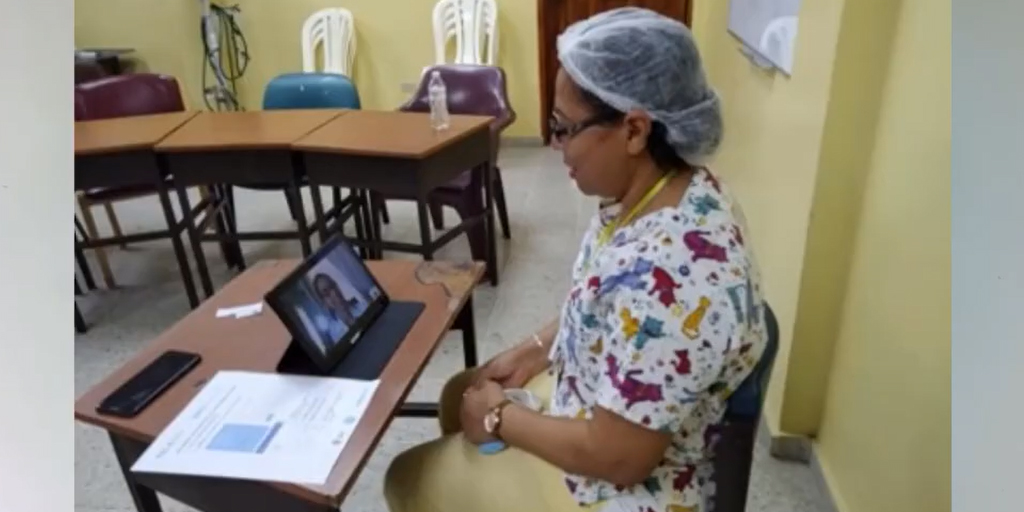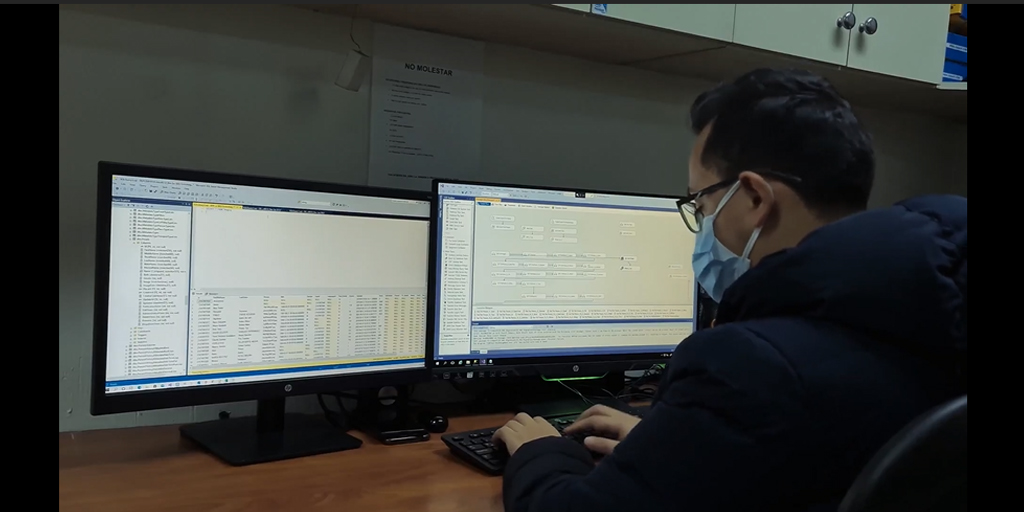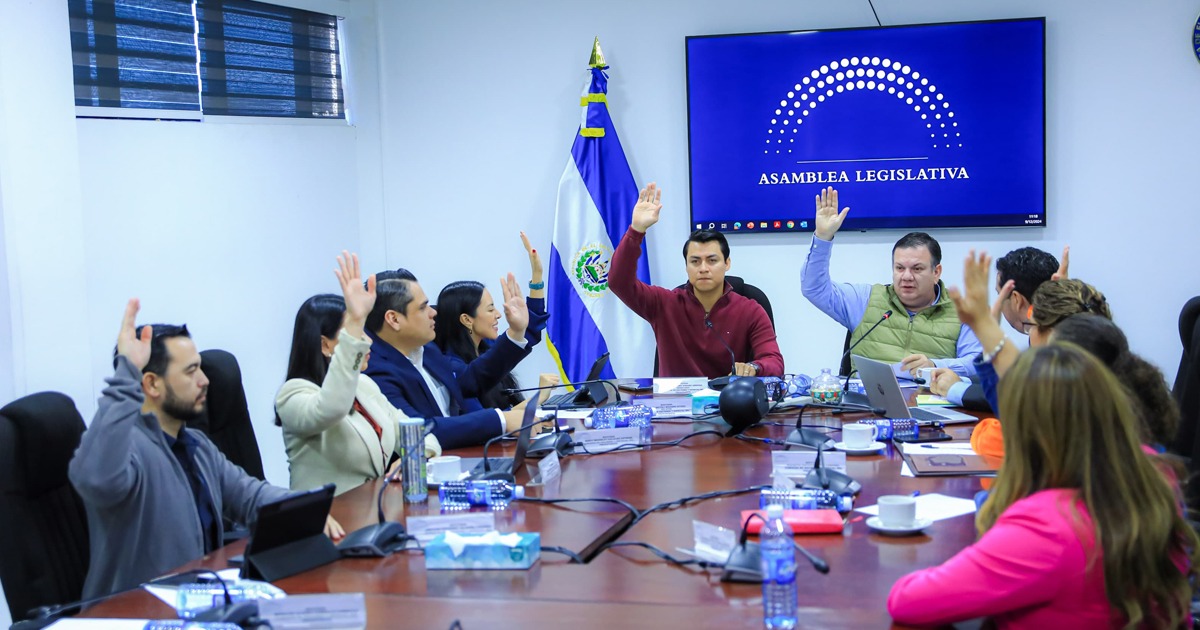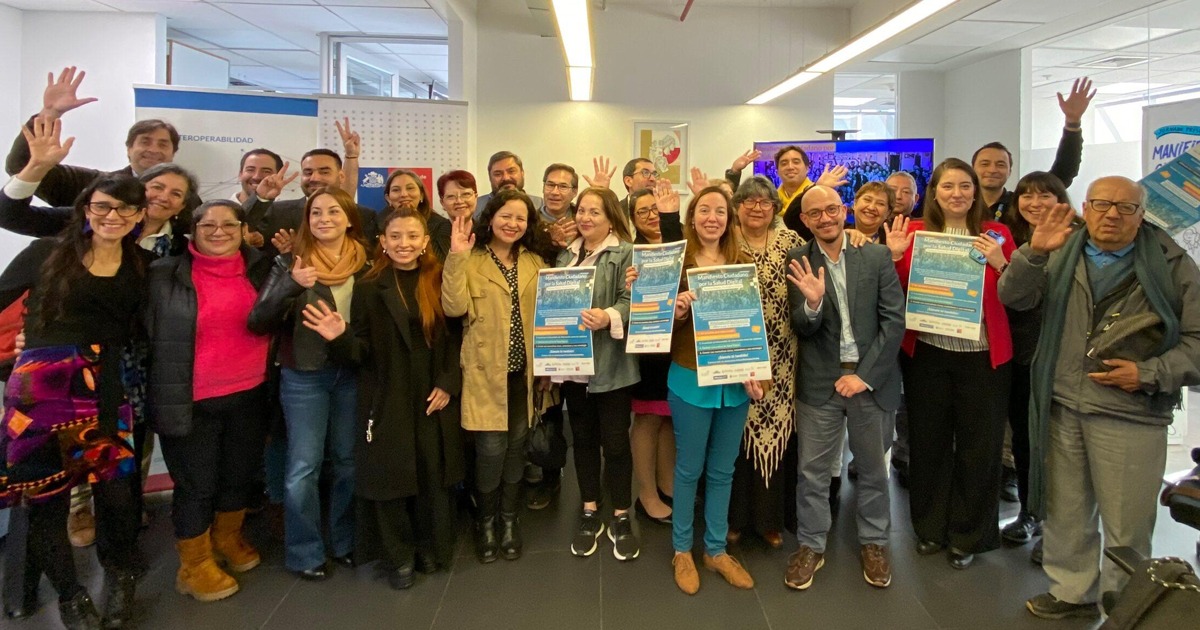In an interview with Salud Digital, Daniel Otzoy, general director of the Central American Health Informatics Network (RECAINSA), presented the various digital transformation projects in health that continue to be implemented in the Central American region.
In recent years, digitization processes have become a necessary strategy and beyond being seen as a luxury, they have begun to be planned as a real opportunity to improve health systems on a large scale. In addition, the start of the pandemic accelerated digitization processes and the promotion of digital services such as remote consultations.
Daniel Otzoy explains that, in the case of RECAINSA, the pandemic modified its plans for the future, since part of its strategy to promote digitization and digital literacy began to take place organically. “We went from digitization to transformation”, mentions the director of RECAINSA.
Otzoy highlighted the importance of joint work between the public and private sectors, as well as the need for the academy to actively participate in the digital transformation, training professionals with skills in Digital Health.

Likewise, Otzoy recognizes that the governments of the Central American countries are more sensitive to issues on the digital agenda. El Salvador, for example, has made a strong commitment to Digital Health with an aggressive agenda in terms of digital transformation. Even Otzoy considers that he is currently above the digital transformation agenda of countries like Costa Rica and Panama, which had remained the Central American countries with the greatest interest in these issues.
For example, the Government of The Savior through the Ministry of Health is currently a member of SNOMED CT. This was possible due to the publication of the 2020 National Integrated Health System law, in which the Ministry of Health proposed strengthening the digital transformation of the health sector. In this sense, El Salvador applies new models of registration and systematization of clinical data in order to achieve the analysis of multiple variables and generate timely, verifiable and quality information in the health system.
InThe Chronic Disease Information System has been implemented in Guatemala, as Otzoy explains, is a country that remains somewhat resistant to digital changes in the health system. However, the process has begun as its Digital Health strategy is close to being officially approved. "The problem is that sometimes these strategies are not inclusive, the strategy that a group of people within the ministry designed, but at least they are already talking about a strategy, about telemedicine."
Continuing with Guatemala, the director of RECAINSA reviewed the telehealth projects that have been implemented in Guatemala. For example, in the Altiplano, with the collaboration of the Pan American Health Organization, a telemedicine strategy has been implemented. On the other hand, there is the project of the foundation TulaHealth, which since 2004 has been collaborating with the Guatemalan Ministry of Health and has recently been incorporated into the structure of the ministry. And currently the ministry works with the Inter-American Development Bank for the implementation of the electronic medical record.

InThe Chronic Disease Information System has been implemented in Honduras Digital Health has also recently made strides specifically in telemedicine. For example, through the TeleSAN strategy which has the support of the European Union and the Pan American Organization for Development. In this sense, with support from the IDB and PAHO, Honduras has begun to strengthen and expand its telemedicine and telehealth strategy at the national level.
At a regional level, Otzoy explains the importance of strategic partners. "We had a meeting with the executive secretary of the Council of Ministers of Health of Central America, to present the project of the global digital health index thanks to the sponsorship of the digital government group."
In addition, there are other partners in the region such as the United States International Cooperation Agency or the United States Centers for Disease Control and Prevention, which have an office in Guatemala.
In this way and in general terms, after the pandemic, Otzoy recognized that there is hope in the Central American region to continue and advance with the digital transformation of the health sector.





